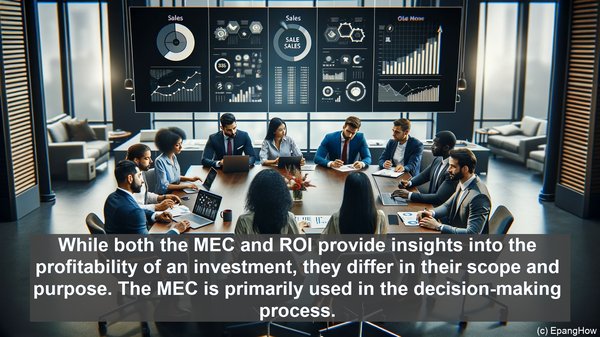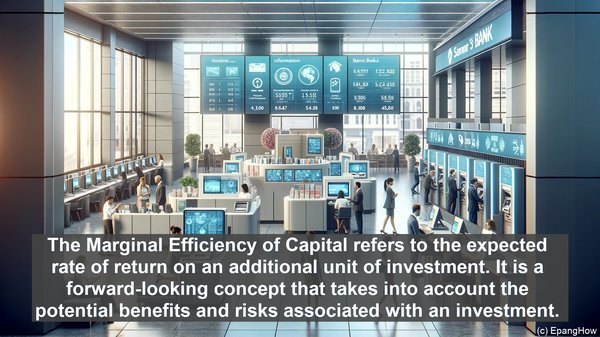Introduction: The Significance of Investment
Hello everyone! Welcome to today’s article, where we explore the world of investment. Investment plays a pivotal role in the growth and development of economies. It is the driving force behind innovation, expansion, and progress. When it comes to making investment decisions, two key metrics come into play: the Marginal Efficiency of Capital (MEC) and the Rate of Return on Investment (ROI). While they may seem similar at first, they have distinct meanings and implications. Let’s dive deeper!
Defining the Marginal Efficiency of Capital
The Marginal Efficiency of Capital refers to the expected rate of return on an additional unit of investment. It is a forward-looking concept that takes into account the potential benefits and risks associated with an investment. The MEC is influenced by various factors, such as market conditions, technological advancements, and the overall economic climate. In simple terms, it helps investors assess the profitability of a particular investment opportunity.
Understanding the Rate of Return on Investment
On the other hand, the Rate of Return on Investment is a retrospective measure. It calculates the actual gains or losses generated by an investment over a specific period. The ROI is expressed as a percentage and is a crucial metric for evaluating the success of an investment. It considers both the income generated by the investment, such as dividends or interest, and any capital appreciation or depreciation. A positive ROI indicates a profitable investment, while a negative ROI implies a loss.

Key Differences: MEC vs. ROI
While both the MEC and ROI provide insights into the profitability of an investment, they differ in their scope and purpose. The MEC is primarily used in the decision-making process. It helps investors compare different investment options and choose the one with the highest expected return. On the other hand, the ROI is a performance indicator. It assesses the actual outcome of an investment and provides feedback on its success. Another key distinction is the time factor. The MEC looks to the future, considering potential returns, while the ROI reflects the past performance.

Implications for Investors
For investors, understanding the MEC and ROI is crucial for making informed decisions. A high MEC indicates a potentially lucrative opportunity, but it also comes with higher risks. On the other hand, a positive ROI confirms the profitability of an investment. However, it’s important to note that the ROI alone may not provide a complete picture. Factors such as the investment’s duration, market conditions, and the investor’s risk tolerance also need to be considered.
